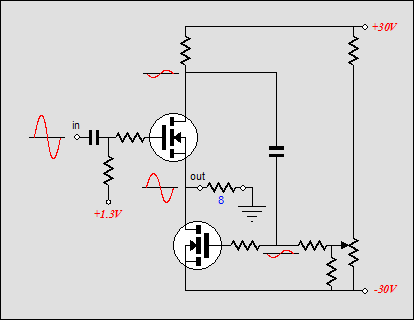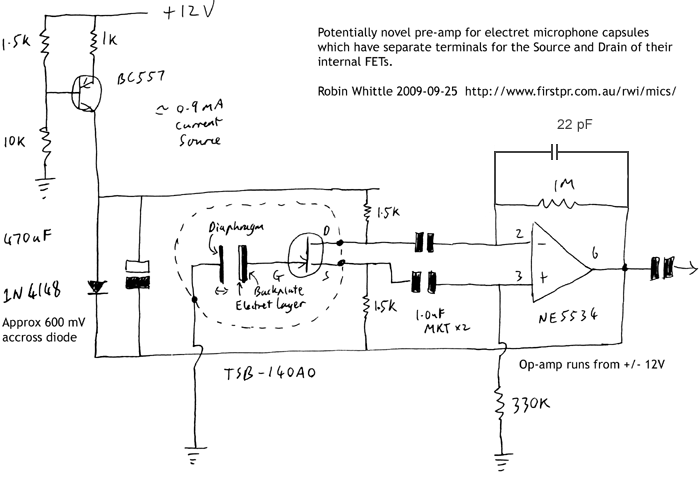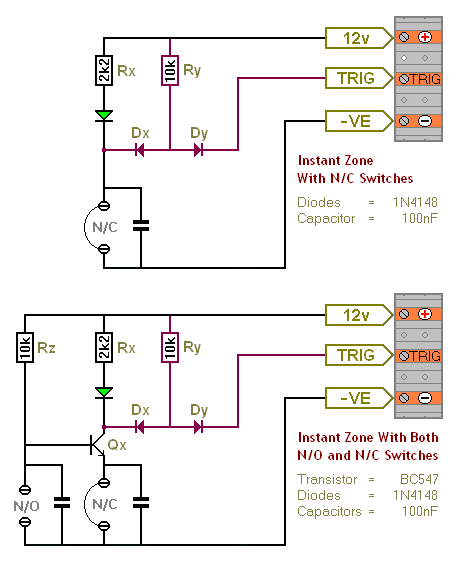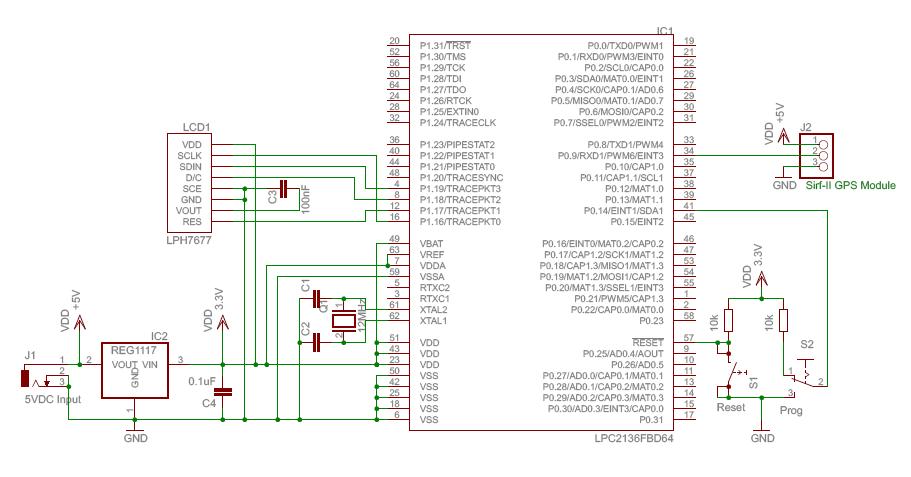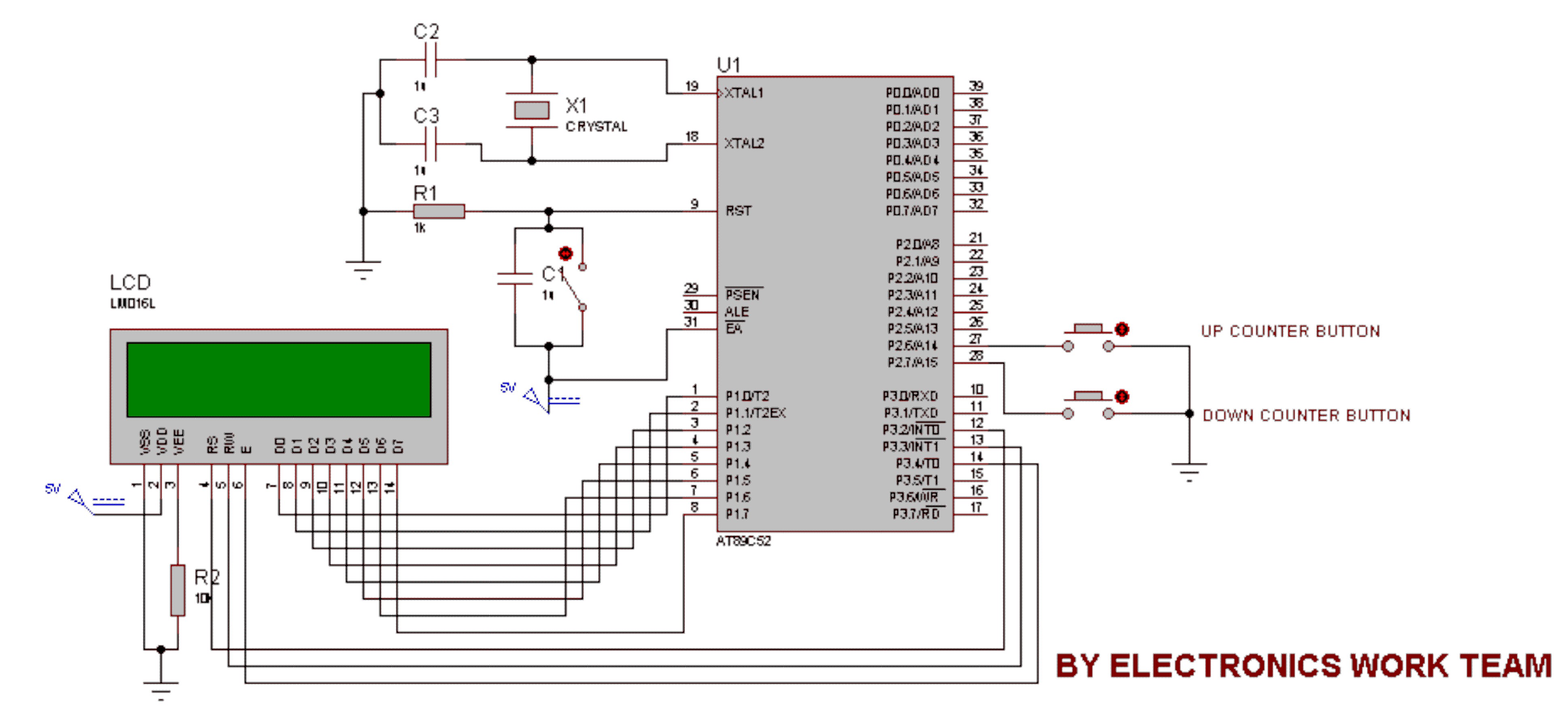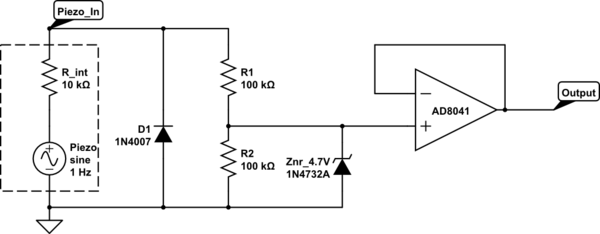
How to add 32K crystal/clock source to AVR Microcontroller (ATmega8)

This article explains how to add a 32K external crystal/clock source to the Atmel AVR microcontroller Atmega8, including a circuit diagram and a C program.
The Atmel AVR microcontroller Atmega8 is a popular choice for various embedded applications, often requiring an external clock source to enhance its performance and functionality. This article provides a comprehensive guide on integrating a 32KHz external crystal oscillator with the Atmega8 microcontroller.
The circuit diagram typically includes the Atmega8 microcontroller, the 32KHz crystal, and two load capacitors connected to the crystal. The crystal is connected between the XTAL1 and XTAL2 pins of the microcontroller. The load capacitors are connected from each pin of the crystal to the ground. The values of these capacitors are usually selected based on the specifications provided in the crystal datasheet, often ranging from 18pF to 22pF to ensure proper oscillation.
The C program required for configuring the microcontroller to utilize the external clock source involves setting the appropriate fuse bits to select the external crystal oscillator as the clock source. This program may also include initialization routines for configuring the microcontroller's I/O ports and any peripherals that will interact with the timing provided by the 32KHz clock.
This setup is particularly useful for applications requiring accurate timekeeping, such as real-time clocks (RTCs) or low-power applications where the microcontroller can operate at lower frequencies to conserve energy. The integration of the 32KHz crystal oscillator allows the microcontroller to achieve precise timing and reliable performance in various applications.This article explains how to add 32K external crystal/clock source to Atmel AVR micro controller Atmega8 with circuit diagram & C program.. 🔗 External reference
The Atmel AVR microcontroller Atmega8 is a popular choice for various embedded applications, often requiring an external clock source to enhance its performance and functionality. This article provides a comprehensive guide on integrating a 32KHz external crystal oscillator with the Atmega8 microcontroller.
The circuit diagram typically includes the Atmega8 microcontroller, the 32KHz crystal, and two load capacitors connected to the crystal. The crystal is connected between the XTAL1 and XTAL2 pins of the microcontroller. The load capacitors are connected from each pin of the crystal to the ground. The values of these capacitors are usually selected based on the specifications provided in the crystal datasheet, often ranging from 18pF to 22pF to ensure proper oscillation.
The C program required for configuring the microcontroller to utilize the external clock source involves setting the appropriate fuse bits to select the external crystal oscillator as the clock source. This program may also include initialization routines for configuring the microcontroller's I/O ports and any peripherals that will interact with the timing provided by the 32KHz clock.
This setup is particularly useful for applications requiring accurate timekeeping, such as real-time clocks (RTCs) or low-power applications where the microcontroller can operate at lower frequencies to conserve energy. The integration of the 32KHz crystal oscillator allows the microcontroller to achieve precise timing and reliable performance in various applications.This article explains how to add 32K external crystal/clock source to Atmel AVR micro controller Atmega8 with circuit diagram & C program.. 🔗 External reference
